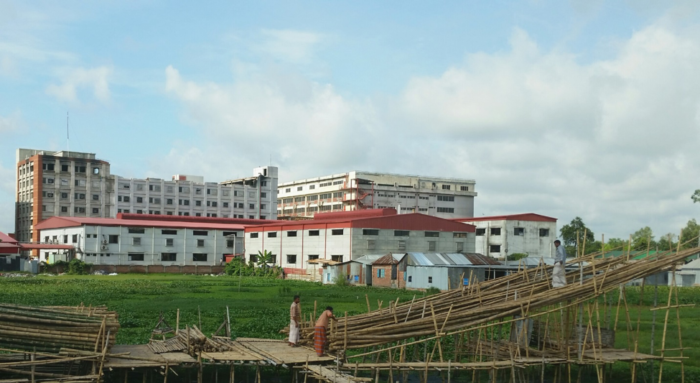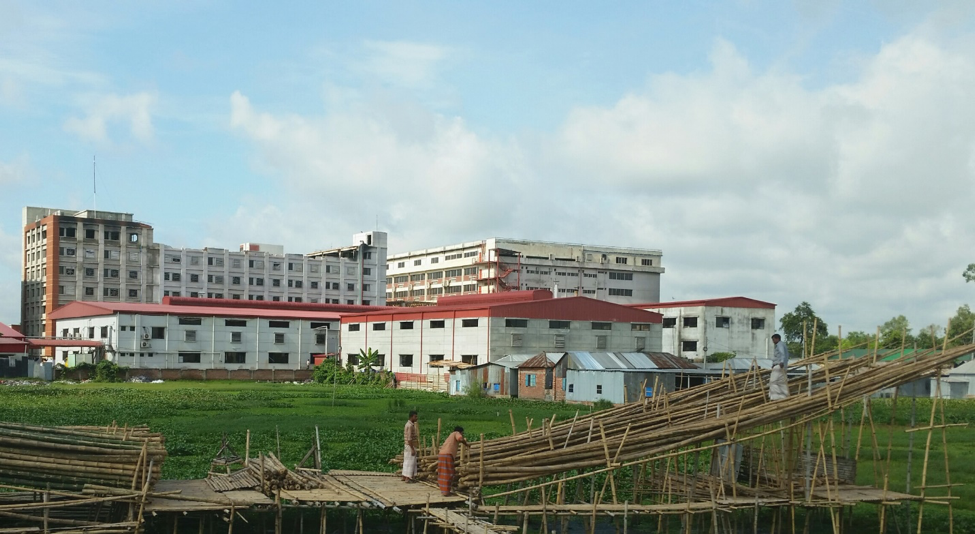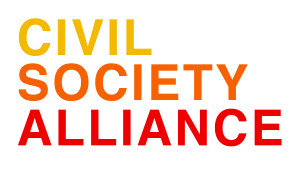Gender relations and factory conditions in Bangladesh: Fatema and Halima’s stories
8 years ago

A thin, grey mist spreads throughout the morning air in Akran, a small neighborhood in the manufacturing suburb of Savar, just outside of the city of Dhaka.
It winds its way through the streets, climbing buildings, depositing tiny dewdrops on windows, leaving faint wet splotches on the awnings that cover nearby market stalls. The mist presses onward to the outskirts of town until it reaches a residential area full of large, single-story stone dwellings.
These dwellings, divided into many separate units, hold small communities of Bangladeshi families. As the mist disperses and the morning’s sunbeams reach the homes, the inhabitants stir. They awaken and begin their morning routines: adults wash and dress themselves, cooking breakfast as the children prepare themselves for school. After their morning rituals, adults and older children make their way to agricultural fields, brick factories, and local bazars to try to earn a living, while multitudes of other workers, like Fatema and Halima, make their way to nearby garment factories.
Fatema and Halima politely greet each other on the main road to the Samair neighborhood, about a 30-minute walk away, where both women work at the same factory. After exchanging pleasantries, they begin their trek to their workplace, merging into crowds of workers as they walk towards the factory gates.
Fatema and Halima are two of the roughly four million garment workers employed in the ready-made garment (RMG) sector, Bangladesh’s largest export industry. They are also two of the 182 Bangladeshi women who have volunteered to participate in the Garment Worker Diaries, a yearlong project capturing data on the lives of garment workers.
Each week, a team of field researchers from BRAC—a development organization dedicated to empowering people living in poverty and the world’s large non- government organization—visits participating workers to ask detailed questions about their earnings and expenditures, working conditions, daily schedule, physical well- being, and major events that happened in their lives. Analyzing the data across weeks allows us to connect seemingly unrelated events to develop a holistic understanding of the economic realities that participants face.
Download and read the below report to find out how Fatema and Halima’s stories unfold against the backdrop of a society with slowly changing gender relations and an apparel industry that is sluggishly improving working conditions and pay.
Read the full report (pdf)
Read the summary (2 page pdf)









